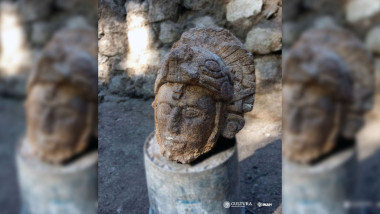Collaborative Approaches to Archaeology Programming and the Increase of Digital Literacy Among Archaeology Students (www.degruyter.com)
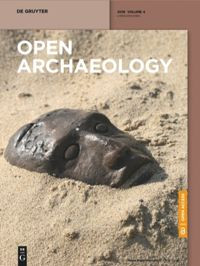
This magazine is from a federated server and may be incomplete. Browse more on the original instance.

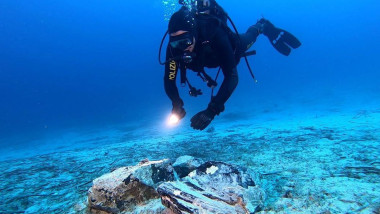
Archaeologists in Japan have unearthed a massive stash of about 100,000 coins in Maebashi, a city about 60 miles (100 kilometers) northwest of Tokyo....

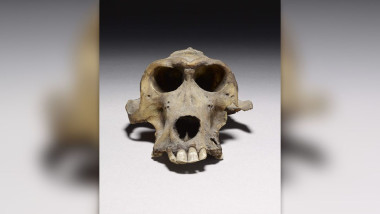
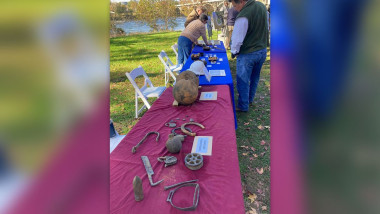
Archaeologists from University College Dublin, working with colleagues from Serbia and Slovenia, have uncovered a previously unknown network of massive sites in the heart of Europe that could explain the emergence of the continent’s Bronze Age megaforts—the largest prehistoric constructions seen prior to the Iron Age....
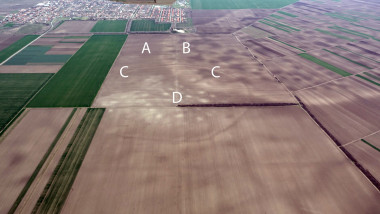


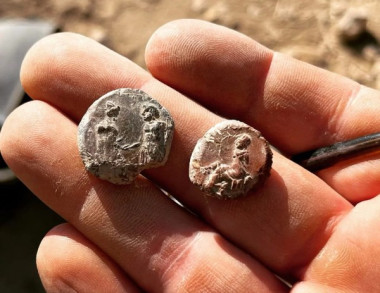
Authorities in New York have been accused by leading academics in France and Britain of repatriating fake Roman artefacts to Lebanon....


More info on Shawn’s Masto: scholar.social/

There’s “no convincing scientific evidence” behind the extraordinary claims that the ancient human relative Homo naledi deliberately buried their dead and engraved rocks deep in a South African cave around 300,000 years ago, a group of archaeologists argues in a new commentary....
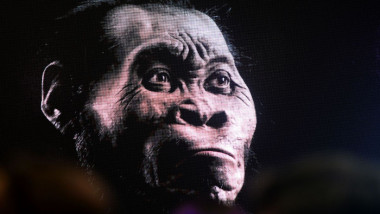
Archaeologists in Italy have unearthed more than 3,000 coins and 50 gems, many of which were emblazoned with the images of ancient Roman deities....
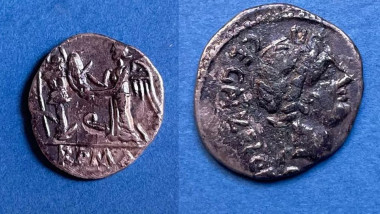
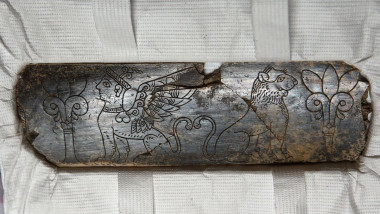
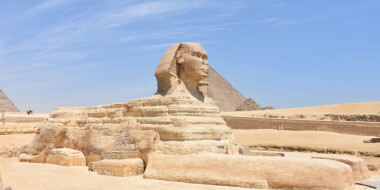
A 4,000-year-old stone-lined tomb discovered during construction work in Norway may provide new clues about the first farmers who settled the region, archaeologists say....
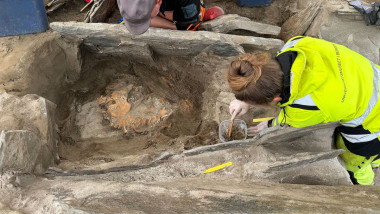
Archaeologists have unearthed the remains of two Roman temples and a sacrificial pit in Germany....
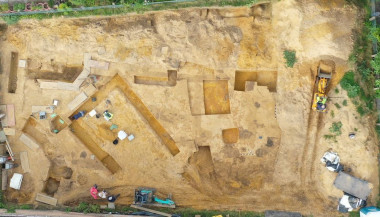
Stone Age people in Belgium were hunting with spear-throwers more than 30,000 years ago — the earliest known evidence of such a weapon in Europe, a new study suggests....
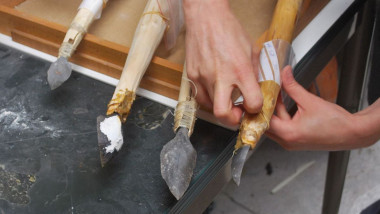
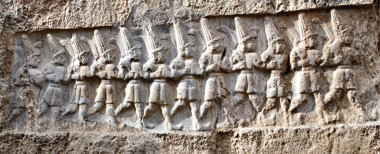
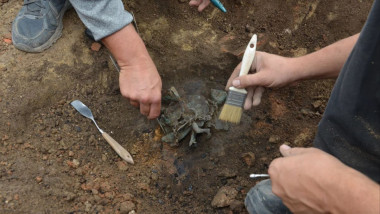
Data regarding the subsistence base of early hominins are heavily biased in favor of the animal component of their diets, in particular the remains of large mammals, which are generally much better preserved at archaeological sites than the bones of smaller animals, let alone the remains of plant food. Exploitation of smaller...

